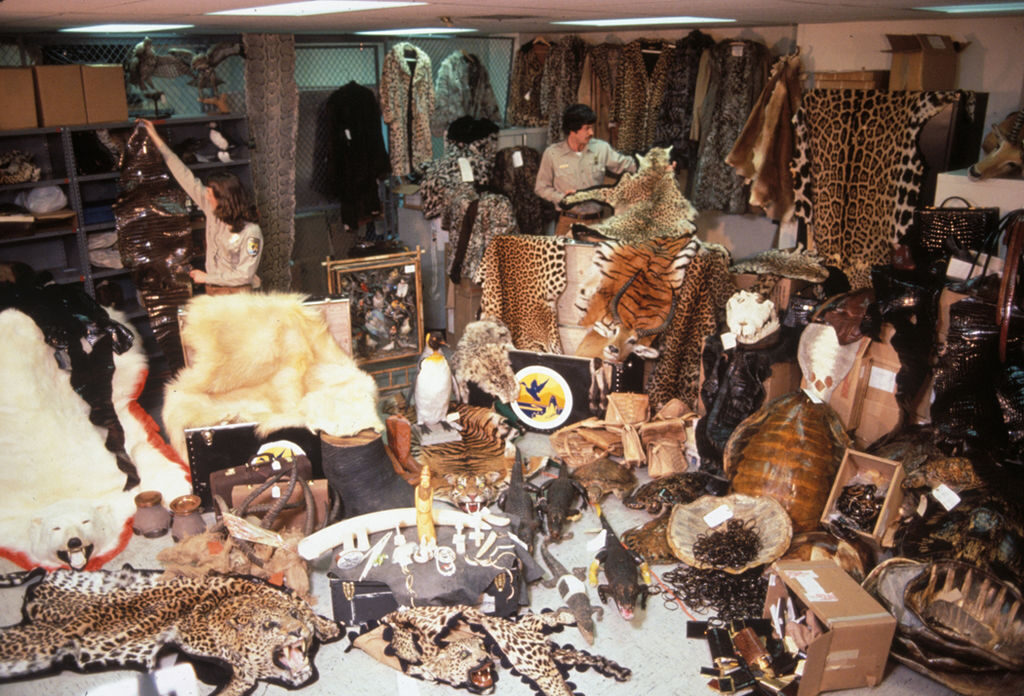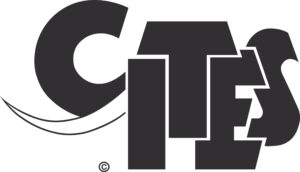What is CITES?
CITES (the Convention on International Trade in Endangered Species of Wild Fauna and Flora) is a treaty that makes it illegal to buy or sell animals and plants that are at risk of extinction between countries without a permit.
CITES classifies species into different categories (called Appendix I, II and III) depending on how endangered each species is. In addition, the more the species is threatened by international trade, the higher its level of protection. Within the EU, CITES-listed species are further classified and protected by the EU’s own classification system. This has four Annexes, from A to D.

Photo: Steve-Hillebrand
Ban on trading wild-caught species
The highest protection against trade is given to CITES-listed species included in the EU’s Annexes A and B. Usually this means that trade between the EU and the rest of the world is illegal without a permit. There is also a ban on trading these species within the EU unless it can be proved that they have a lawful origin and were not caught in the wild.
It is also forbidden to use plants or animals to make souvenirs etc. Anyone who breaks these regulations can be fined or imprisoned.
Controlling the spread of species

CITES-listed species that are in the EU’s Annex C are classified as endangered in at least one country but not necessarily in the whole world. An Annex D classification means that individual members of a species may be imported to the extent that they do not need to be regulated to avoid any risk of them spreading uncontrollably where they do not belong.